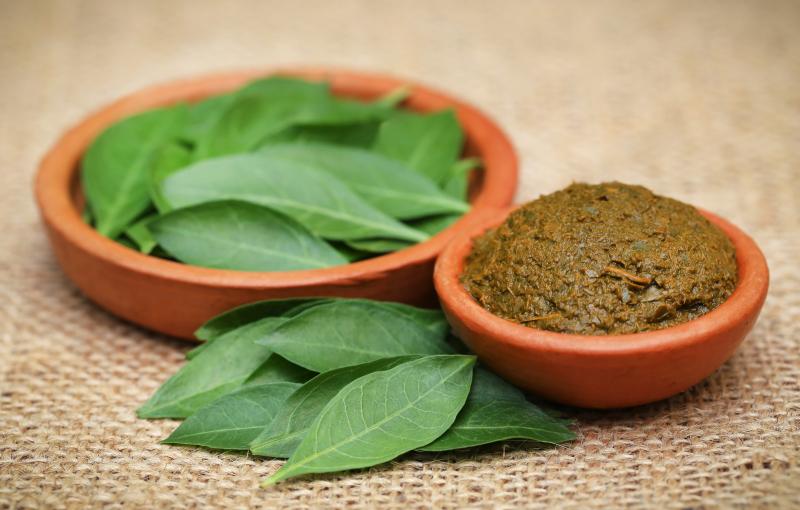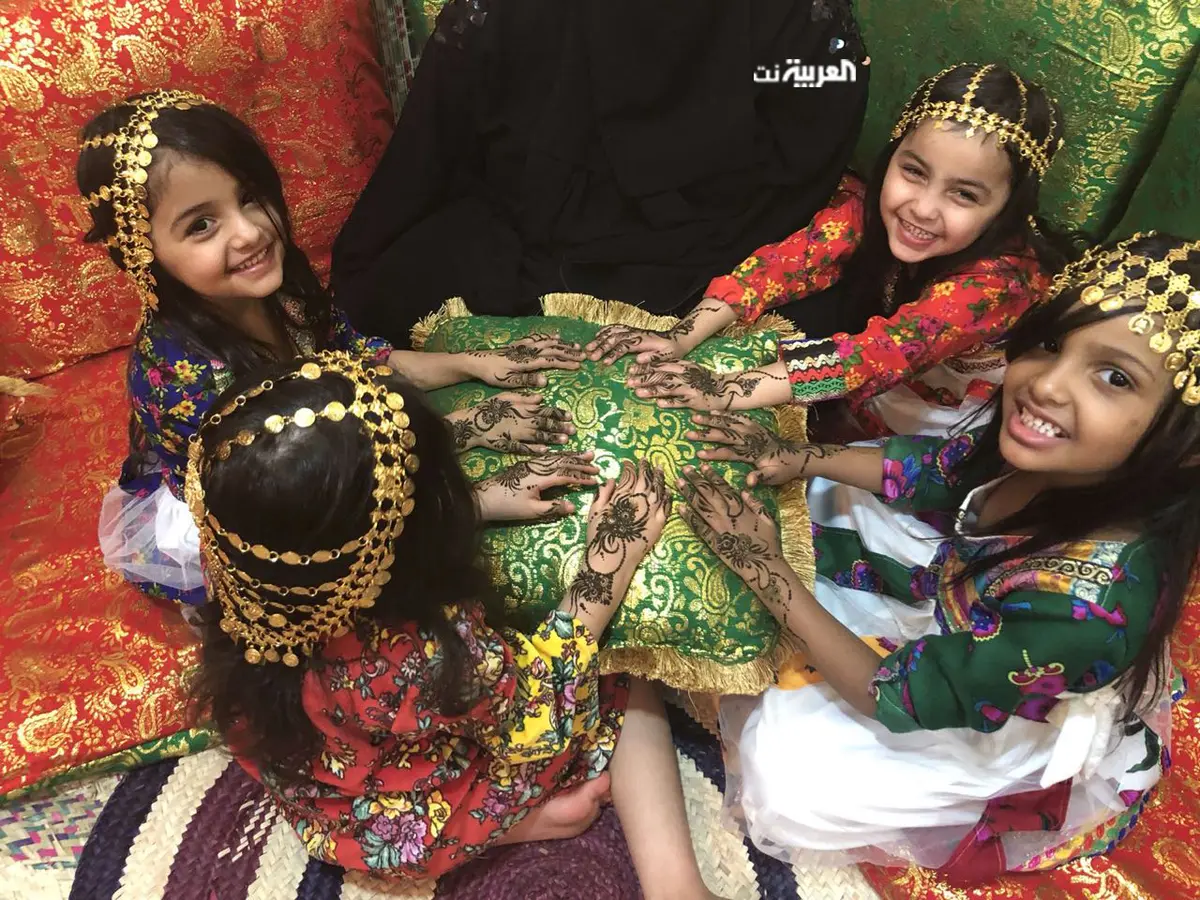The Here and Now of Henna
Humans have been decorating their bodies for hundreds of thousands of years. Today, body art is a recognized form of self-expression, whether it’s makeup, celebrating traditional styles, or tattoo artists. Henna is one such art – It’s an ancient technique, but still buzzing with life and has a history that can be drawn from ancient Egypt to modern day Saudi Arabia and beyond on the palm of a hand. Read on to learn all about it!
What is “henna” exactly?
Fundamentally, it’s a reddish-brown dye made from the leaves of the henna tree (scientific name: Lawsonia inermis). It’s applied as a paste and can be used on hair, skin, nails, clothes and more. More broadly, “henna” also refers to the works of art it’s used to create.

It’s like a tattoo?
You’ll hear it referred to as a tattoo, but it isn’t permanent and the skin isn’t punctured – So it’s more precisely a form of body painting. You can think of it as a non-permanent tattoo.
When did people start using henna?
At least 5,000 years ago. Ancient Egyptians used henna to color their hair, fingernails, and fabrics – it was even used to dye mummy wrappings!
So, what’s the cultural history of henna in Saudi Arabia?
In Europe and America, bachelorette parties (aka “hen nights”) are popular pre-wedding traditions for the bride – in Saudi Arabia it’s the “henna night.” The bride’s female relatives, friends, and neighbors gather a few days before the wedding for singing, dancing, good food, and henna. Traditionally, the bride’s grandmother will decorate the bride’s hands, feet, and lower legs with intricate patterns, and her guests will usually join in too (without upstaging the bride!). Jazan, the Kingdom’s southern Red Sea coastal region, is particularly famous for this, but it’s a tradition across the Kingdom. Of course, people get henna just for fun too!
Henna’s use as hair dye is also long-standing, so, it’s not uncommon to see men with eye-catchingly orange beards and hair, particularly in Saudi’s rural communities. Looking further afield, this traditional association with weddings and other celebrations is common in cultures, communities, and faiths across North Africa, the Middle East, and into Asia.
How’s this paste made, then?
- Step 1: Harvest your henna leaves.
- Step 2: Dry your leaves (be patient!)
- Step 3: Powder your leaves. This releases the active dyeing chemical, Lawsone (2-hydroxy-1,4-naphthoquinone or hennotannic acid). Henna is most often traded in this powdered form but it’s difficult to apply precisely so…
- Step 4: Add liquid to make a paste. Water, lemon juice, or tea are most common, but sometimes sugar, molasses, or essential oils are used to change the color and improve its hold.
2-hydroxy-1,4-naphthoquinone?? Sounds nasty!
Chemical names often sound scary – Heard the one about Dihydrogen Monoxide? Anyway, henna isn’t toxic, all the Lawsone does is react with the keratin in our skin, hair, and other organic materials (such as silk and wool) to change the color.
How is it applied?
The paste is essentially just painted and left to dry for at least 30 minutes – the longer it’s left, the darker and more long-lasting the design. When it’s time, pick off the dry crust or gently rinse off with water.
How it’s painted on depends – Sometimes a stick is used, sometimes a plastic cone (like for icing cakes), sometimes a syringe (without the needle, obvs).
How long does henna last?
Usually between a couple of days and two weeks, fading slowly as your skin naturally flakes away. Maintain your tattoo by moisturizing!
Are there any famous or traditional henna tattoo designs?
Traditional Arabian henna styles feature intertwining floral, geometric, and calligraphic patterns, mirroring regional artistic traditions. You’ll often see patterns evolving from rounded shapes into straight lines with fully shaded areas creating contrast.
What about modern approaches?
Particularly popular at the moment are minimalist designs of carefully spaced dots and lines, or strongly shaded areas mixed with negative space. One of the nice things about henna is its temporary nature, so you can change your henna tattoo style every few weeks.
Are there henna artists the way there are tattoo artists?
Absolutely! Talented henna artists are in-demand – and it’s often the case that there’s at least one in every family. As we touched upon in the earlier answer about Saudi henna traditions, it’s grandmothers that keep the art of henna alive within families, passing tips and techniques down to their granddaughters. That said, the younger generation are always ready with their own twists on tradition – here are some examples from across the Kingdom:
- JeddaHenna_artist (from Jeddah, mixing in Indian designs too)
- Fathima_hennadesigns (Dammam east coast style)
- Hiras_henna (from Makkah, showing off some amazing floral patterns)
- Henna-ficent (that magnificent Jazan artistry)
You already mentioned dyeing hair and fabrics – Is henna used for anything else?
Henna was once popular for its cooling properties – particularly important when spending time outdoors in the desert. Turns out Lawsone offers good UV protection, so it was almost an early form of sunscreen! It’s quite an attractive plant too, with delicate flowers and a pleasing scent, so it’s used for both decoration and in perfumes too.
Can I buy some henna and do it myself?
Yes! Henna is widely available around the world from pharmacies, art shops, and specific henna outlets (the exception is the USA where it is only licensed as hair dye). Henna stencils can even be purchased – Just make sure to read the instructions, but paint with the confidence that it’s not permanent. The best way to learn though is by experiencing an expert’s work “first hand,” why not try it in Saudi, learn the technique, and take that knowledge home with you to create your own designs?



